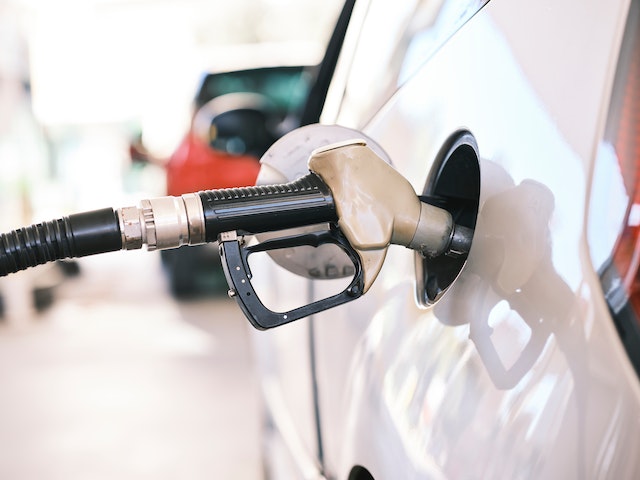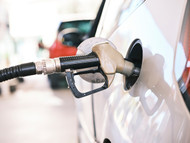What Is an Evaporative Emission Control (EVAP) System?
7th Sep 2022

Gasoline vapors are toxic to humans. According to the U.S. Centers for Disease Control and Prevention (CDC), exposure can result in headaches, nausea and even fainting or death. Fortunately, all vehicles are required to have a containment system that prevents gasoline vapors from leaking into the cabin or the atmosphere. Known as an Evaporative Emission Control (EVAP) system, it's an important part of all gas-powered vehicles.
Overview of EVAP Systems
EVAP systems consist of multiple parts that work together to contain gasoline vapors, one of which is a vapor canister. Also known as a charcoal canister, it's designed to temporarily catch and store gasoline vapors. The vapor canister will absorb gasoline vapors, after which it will hold them for a temporary period. The vapor canister will later purge these stored gasoline vapors by sending them to the engine's combustion chamber where they are burned.
Vapor canisters require a purge valve. The purge valve, as the name suggests, is responsible for purging the stored gasoline vapors. It will open periodically so that the gasoline vapors are sent to the engine's combustion chamber.
Another common part of an EVAP system is a gas cap. Gas caps are designed to prevent gasoline vapors from leaking out of the tank. Some of them may allow atmospheric air to enter the gas tank and, thus, equalize the tank's pressure. Regardless, gas caps prevent gasoline vapors from leaking out of the tank.
Why an EVAP System Is Important
Without an EVAP system -- or with a faulty EVAP system -- your vehicle will leak gasoline vapors. Some of these gasoline vapors may enter the cabin where they place you and your passengers at risk for various health problems. Alternatively, the gasoline vapors may leak into the atmosphere where they contribute to smog and environmental pollution.
EVAP system failure may also cause your vehicle's Check Engine Light (CEL) to turn on. And once the CEL turns on, your vehicle will typically fail all emissions tests.
Common Causes of EVAP System Failure
You might be wondering what causes EVAP systems to fail. Different parts of an EVAP system can fail in different ways. The gasket around the lip of a gas cap, for instance, can wear out. As the gasket degrades, the gas cap may allow gasoline vapors to leak out of the tank.
Purge valves, on the other hand, can fail by becoming stuck. They can become stuck open or stuck closed. If stuck closed, the vapor canister will continue to accumulate gasoline vapors. If stuck closed, the vapor canister will constantly purge gasoline vapors by transferring them to the engine's combustion chamber.
.button { display: inline-block; padding: 20px 30px; text-align: center; font-family: Sans-Serif; color: #ffffff; background-color: #cb2029; border-radius: 0px; outline: none; } SHOP EVAP PRODUCTS

